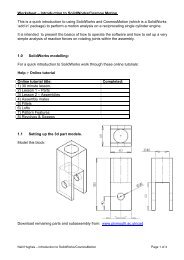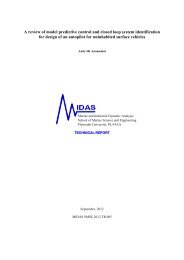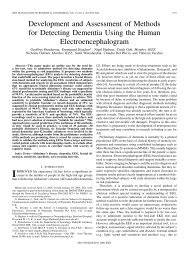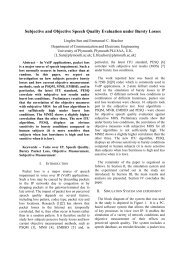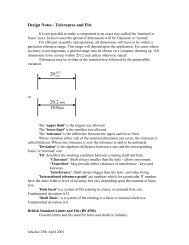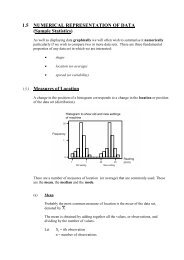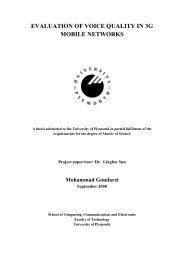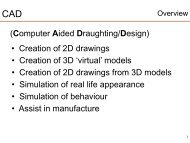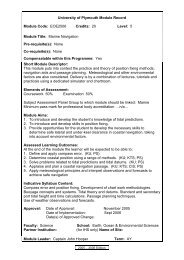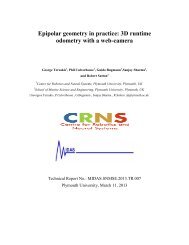Designing an Anaphora Resolution Algorithm for Route Instructions
Designing an Anaphora Resolution Algorithm for Route Instructions
Designing an Anaphora Resolution Algorithm for Route Instructions
Create successful ePaper yourself
Turn your PDF publications into a flip-book with our unique Google optimized e-Paper software.
To start with, the <strong>an</strong>aphoric expressions occurring in the IBL-corpus needed to<br />
be identified <strong>an</strong>d classified. Since there are m<strong>an</strong>y <strong>an</strong>aphoric references occurring in<br />
the IBL-corpus, I had to determine what kind of <strong>an</strong>aphoric references the algorithm<br />
should h<strong>an</strong>dle in the framework of this project. Thus, I will shortly elucidate the types<br />
of <strong>an</strong>aphoric reference the algorithms deal with. The RIAR-algorithm is designed to<br />
resolve the personal <strong>an</strong>d demonstrative pronouns it, this <strong>an</strong>d that which either refer to<br />
individual entities (e.g. the road) or abstract entities (e.g. turn left). Furthermore, it<br />
deals with so-called ‘This-NP’-<strong>an</strong>aphors (cf. Poesio & Modjeska 2002) which tend to<br />
refer to individual entities or to implicit entities introduced by previously mentioned<br />
entities. Even though Poesio & Modjeska (2002) only describe cases in which<br />
elements or subsets of plural objects implicitly introduce a plural object into the<br />
discourse model, the IBL-dataset implies that the reverse also applies, which me<strong>an</strong>s<br />
that plural objects also implicitly establish their elements or subsets in the discourse<br />
model. The other algorithm, the SR-algorithm, resolves references to spatial locations<br />
expressed in <strong>an</strong>aphors like here <strong>an</strong>d there. The referents of those <strong>an</strong>aphors are built<br />
up by the combination of the verb <strong>an</strong>d the spatial preposition of the previous<br />
utter<strong>an</strong>ce. Since there are plenty of possible combinations it is quite difficult to define<br />
rules <strong>for</strong> resolving ‘here/there’-<strong>an</strong>aphors.<br />
To develop the algorithms a gold st<strong>an</strong>dard of resolved <strong>an</strong>aphoric expressions<br />
was created. For the conceptual design <strong>an</strong>d <strong>for</strong> the processing of the algorithms it was<br />
useful that the IBL-system is already in charge of <strong>an</strong> implemented DRT (discourse<br />
representation theory) component, so that the algorithms c<strong>an</strong> make use of the existing<br />
lexicon <strong>an</strong>d ontology. The third part of this dissertation gives details about the<br />
conceptual design <strong>an</strong>d the processing of both algorithms.<br />
Then, the algorithms are tested on the second set of the IBL-corpus (the<br />
unseen data). The fourth part of this work contains <strong>an</strong> evaluation of the algorithms<br />
<strong>an</strong>d a discussion of the most common problems observed during the testing phase.<br />
Finally, the conclusion section considers unsolved problems, <strong>an</strong>d suggestions<br />
<strong>for</strong> further work are made.<br />
6



